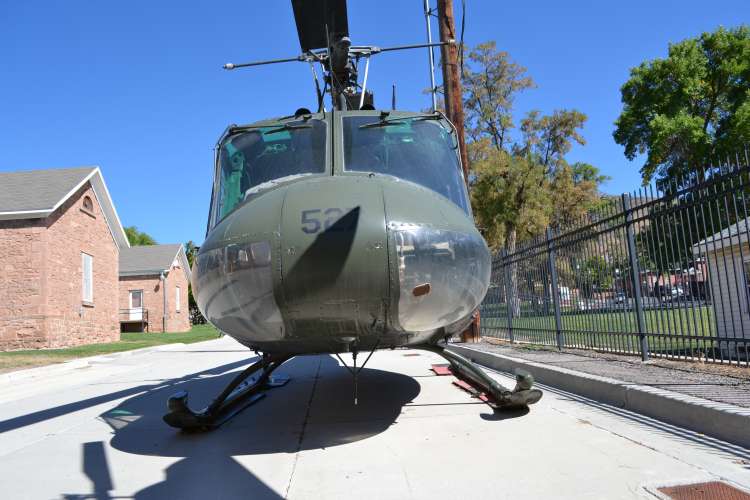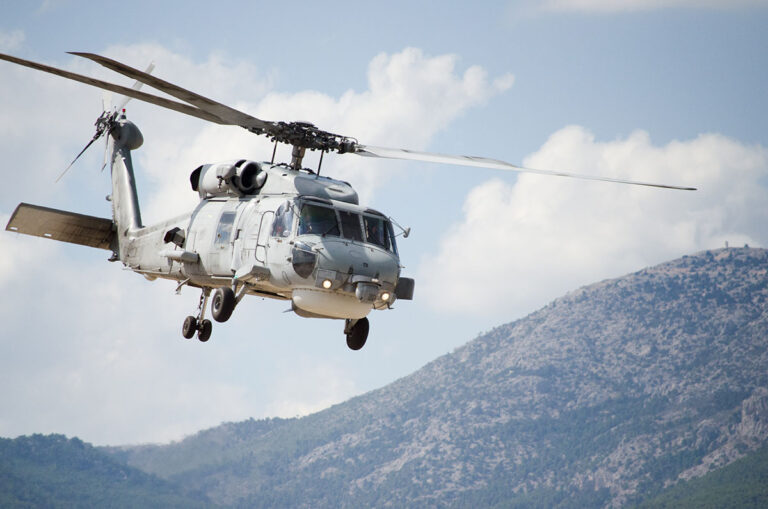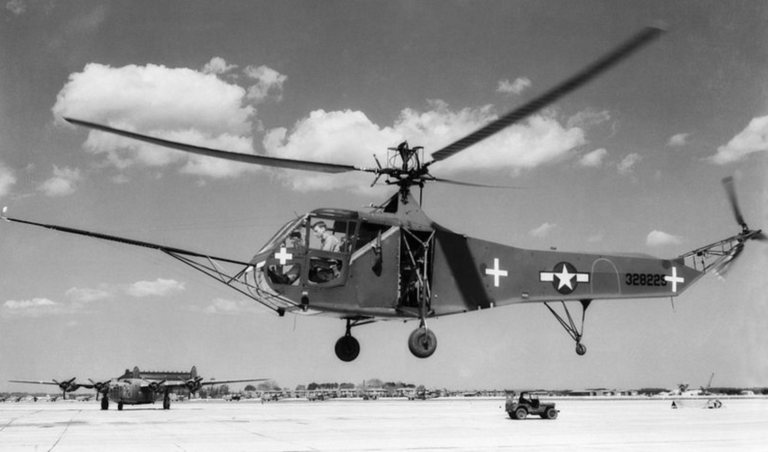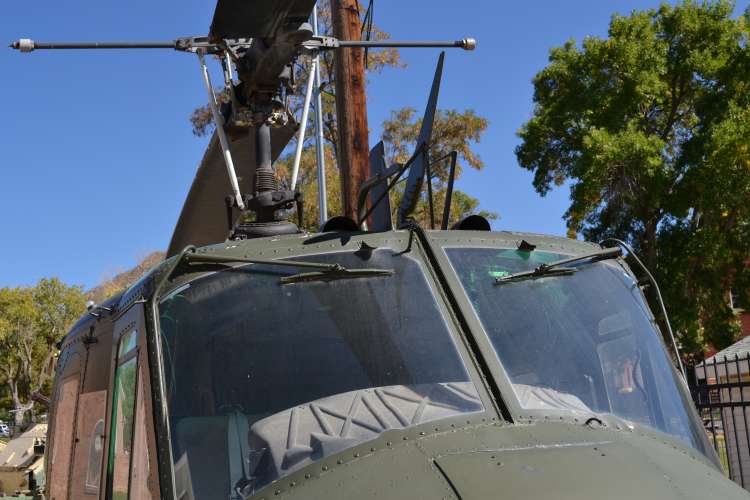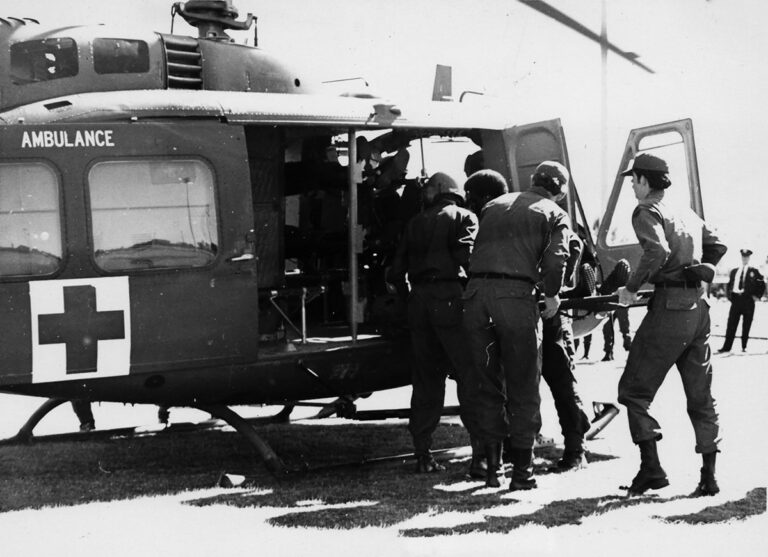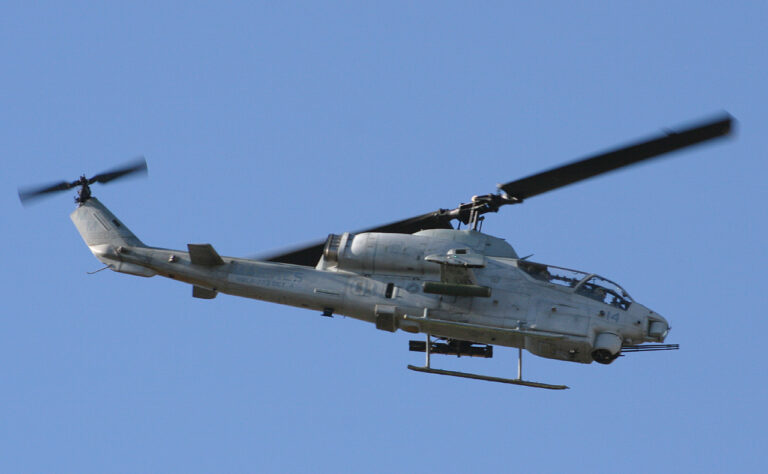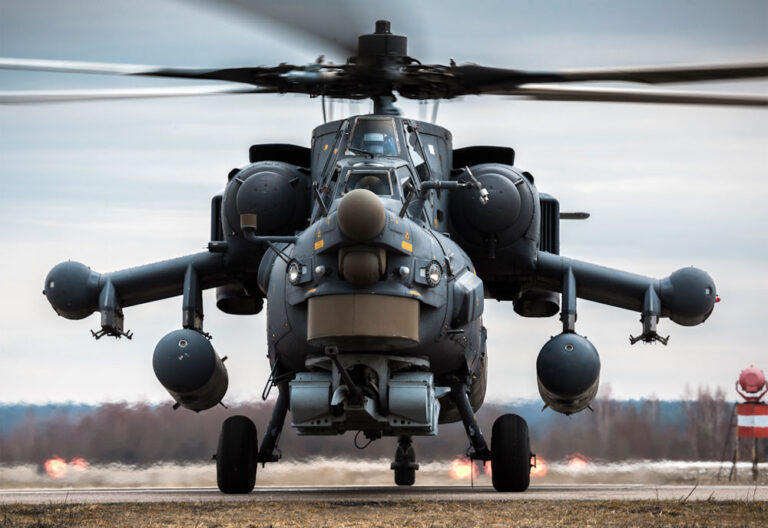Top 10 Bell Huey Helicopter Questions
1. What makes the Huey Helicopter so popular and how long can it remain in service? The Huey is popular due to its easy-to-fly design, ruggedness, reliability, versatility, and relatively low maintenance requirements. It is expected to remain in service for at least another 30 years as long as it is properly maintained and upgraded with new components.[3]
2. Why is the Huey still used by poorer countries for their military, SAR, and government transport? The Huey is relatively inexpensive compared to newer helicopters, with many surplus models available on the civilian market. Its simple design and widespread parts availability make it affordable to operate and maintain, even for less wealthy nations.[3]
3. What are the main roles of the Huey in the U.S. Marine Corps? The Huey primarily serves as a transport helicopter, carrying troops and cargo. Some Hueys have been equipped with rocket and grenade launchers for limited attack missions, but its main role is troop transport rather than direct combat.[4]
4. How available are Hueys for new pilots after flight school? Hueys are still in high demand, with many young pilots seeking to fly them, similar to the popularity of aircraft like the C-130 and F-35. However, availability can vary based on the needs of the service.[4]
5. What are the typical flight hours for Huey pilots? Flight hours for Huey pilots are not specifically mentioned, but the aircraft’s longevity and widespread use suggest pilots likely have ample opportunity to accumulate flight time on the platform.[4]
6. What is the favorite part about flying the Huey for pilots? Pilots describe the Huey as a special aircraft, with one stating “there is no greater feeling, honor, or thrill than to be blessed with the opportunity to ride her thru the sky.” The Huey’s iconic status and connection to aviation history make it a beloved platform for those who have flown it.[5]
7. How has the Huey evolved over the decades? The Huey has undergone significant upgrades, including the addition of a second engine, a 4-bladed rotor, increased speed and ceiling, and higher gross weight capacity. These modifications have allowed the Huey to remain relevant and capable despite its age.[3]
8. Why is the Huey sometimes called the “DC-3 of helicopters”? Like the legendary DC-3 aircraft, the Huey is renowned for its ruggedness, reliability, and longevity. It has become an iconic symbol of military aviation, much like the DC-3 did for fixed-wing transport.[5]
9. How many Hueys were used in the Vietnam War, and how many were lost? During the Vietnam War, a total of 7,013 Hueys were used, with 3,305 of them being destroyed. This resulted in the deaths of over 2,700 pilots, crew members, and passengers.[1]
10. What is the significance of the Huey’s distinctive sound? The rhythmic “whoomp, whoomp, whoomp” of the Huey’s rotor blades is instantly recognizable and has become an iconic part of the helicopter’s identity. For American troops in Vietnam, the sound signaled the promise of rescue and transport to safety, while for their enemies, it was a foreboding and ominous sound.[1]
Citations:
[1] https://www.sapiens.org/culture/the-sound-and-fury-of-the-huey-helicopter/
[2] https://www.secretprojects.co.uk/threads/bell-model-204-xh-40-uh-1-iroquois-competitors-projects-and-modifications.575/page-2
[3] https://www.reddit.com/r/Helicopters/comments/15pvw9i/what_makes_the_bell_uh1_huey_still_so_popular_and/
[4] https://www.airwarriors.com/community/threads/the-all-mighty-huey.49052/
[5] https://cherrieswriter.com/2018/12/03/the-huey-guest-post/


